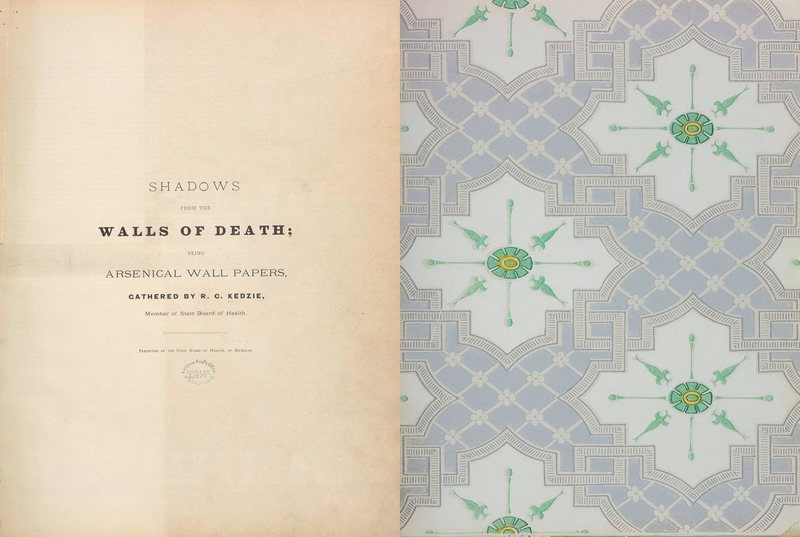Found: 3 Poisonous Books in a University Library
Their green covers meant danger.

The librarians at the University of Southern Denmark weren’t looking for poison. They just wanted to read the scraps of manuscript used to make the covers of three rare books from the 16th and 17th centuries.
When they put the books under X-ray analysis, though, they found they had a real danger in their hands, they write at The Conversation. The books’ covers were suffused with arsenic.
For years, in the 19th century, arsenic was considered dangerous to eat but safe enough to use in other ways, including as dye in postage stamps that were meant to be licked or in green dresses worn to fancy balls. It was regularly used as an ingredient in green paint, to help the color last longer. Now, though, we know that when arsenic is used in paint, it’s still very dangerous. It can form microscopic particles that can make their way into people’s lungs. In some circumstances, arsenic paint can even give off a poisonous gas.

One of the most dangerous books ever created was meant to warn against exactly this danger. In the 1870s, an American doctor tried to raise awareness of the hazards of arsenic-laced wallpaper by creating a book of potentially poisonous samples and sending it around to libraries. The intent was to help people identify dangerous wallpaper in their homes, not to poison librarians. Today, only four copies of that book still exist, and they’re treated very carefully.
The books at the University of Southern Denmark weren’t painted green for aesthetic reasons; the librarians think that someone was using the poison paint to protect the books from insects and vermin. But when their tests revealed the arsenic content of the paint, they couldn’t ignore it. The books are now kept in a ventilated cabinet and boxes marked with warnings. The librarians are also planning on digitizing the books to minimize the need to handle them. (That can be a complicated procedure all on its own, though.)
It just goes to show—books can be more dangerous than anyone realizes.












Follow us on Twitter to get the latest on the world's hidden wonders.
Like us on Facebook to get the latest on the world's hidden wonders.
Follow us on Twitter Like us on Facebook